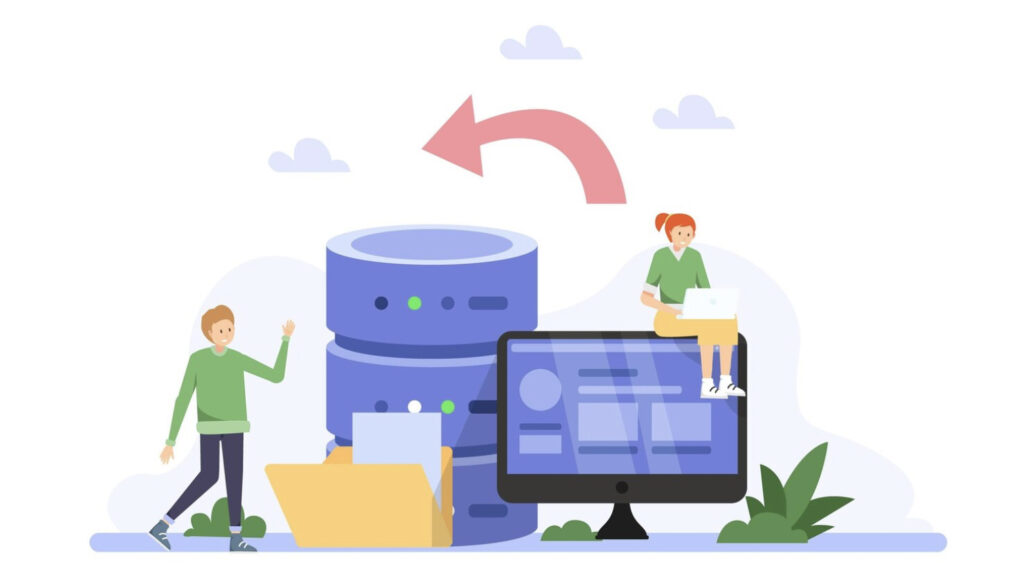Migrating your WordPress site might seem like a straightforward task. However, many hidden risks can turn DIY WordPress migration project into a nightmare. This guide explores these risks and provides practical solutions to help you achieve a smooth and secure WordPress migration.
The Hidden Risks of DIY WordPress Migration
Risk of Data Loss
One of the most significant risks of DIY WordPress migration is data loss. When transferring your site from one server to another, even minor errors can lead to losing critical data. This might include your website’s content, images, and user information. Losing data can disrupt your site’s functionality and negatively impact your business.
Data loss often occurs due to incomplete backups or errors during the transfer process. Without a comprehensive backup, you risk permanently losing important files. This issue is particularly common when migrating large websites with extensive databases. Ensuring a reliable backup strategy is essential before beginning the migration.
Downtime During Migration
Another hidden risk is website downtime during the migration process. Downtime can affect your website’s accessibility, leading to a poor user experience and potentially causing a loss of revenue. Even a few minutes of downtime can deter visitors and harm your search engine rankings.
Downtime can occur due to various factors, such as server configuration issues or DNS propagation delays. To minimize downtime, it’s crucial to plan your migration during low-traffic periods. Additionally, using a staging site for the migration process can help prevent disruption to your live website.
Compatibility Issues
Compatibility issues can arise when migrating a WordPress site, especially if the new server environment differs significantly from the old one. These issues can manifest as broken links, missing images, or non-functional plugins and themes. Such problems can degrade the user experience and make your website appear unprofessional.
Incompatibility can result from differences in PHP versions, database structures, or server configurations. Before migration, thoroughly check the compatibility of your themes, plugins, and custom code with the new server environment. Running a compatibility test can help identify and address potential issues beforehand.
Security Vulnerabilities
Security vulnerabilities are a major concern during WordPress migration. Transferring files and databases involves multiple steps where sensitive information could be exposed to unauthorized access. This risk is heightened if you use unsecured methods for migration, such as unencrypted file transfers.
Hackers can exploit vulnerabilities during the migration process to inject malicious code or gain access to sensitive data. To mitigate these risks, always use secure transfer methods and ensure that your new server has robust security measures in place. Regularly updating your WordPress core, themes, and plugins can also help protect against security threats.
How to Mitigate Risks During WordPress Migration
Preparing for Migration
Proper preparation is key to a successful WordPress migration. Start by creating a full backup of your site, including the database and all files. This ensures that you can restore your site if something goes wrong during the migration. Additionally, make a detailed plan outlining each step of the migration process and allocate sufficient time for each task.
Using Reliable Tools and Plugins
Using reliable tools and plugins can significantly reduce the risks associated with WordPress migration. Plugins like Duplicator, UpdraftPlus, and All-in-One WP Migration are designed to simplify the migration process and minimize errors. These tools automate many tasks and provide options for secure file transfers, reducing the likelihood of data loss and downtime.
Testing After Migration
After completing the migration, thorough testing is essential to ensure everything works correctly. Check all aspects of your website, including links, forms, and functionality of plugins and themes. Testing helps identify any issues that may have arisen during the migration and allows you to address them before your site goes live.
Seeking Professional Help When Needed
While DIY migration can be cost-effective, there are times when seeking professional help is the best option. Professional migration services have the expertise and tools to handle complex migrations efficiently. If your site is large, has custom configurations, or contains sensitive data, consider hiring a professional to ensure a smooth and secure migration.
Conclusion
DIY WordPress migration comes with several hidden risks, including data loss, downtime, compatibility issues, and security vulnerabilities. However, by preparing thoroughly, using reliable tools, testing extensively, and seeking professional help when necessary, you can mitigate these risks and achieve a successful migration. Taking these precautions ensures your WordPress site remains functional, secure, and accessible throughout the migration process.


